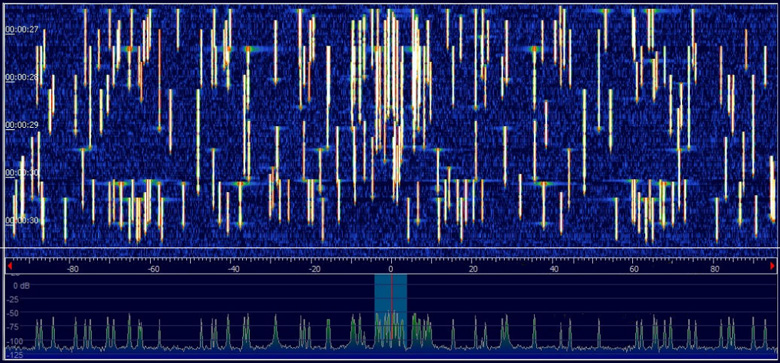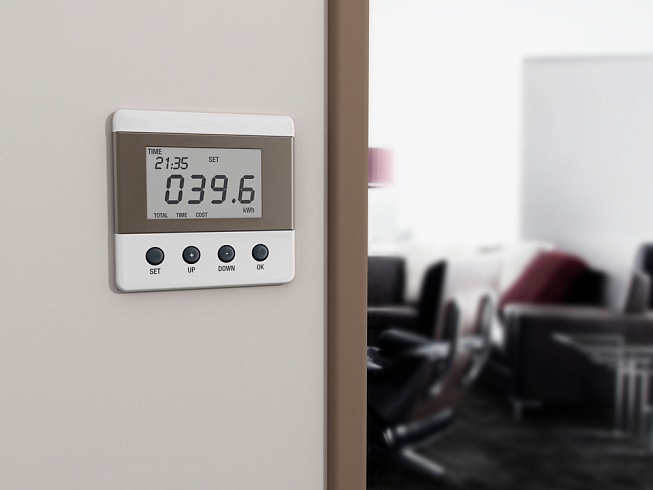In the Rosstandard filed a draft national standard NB-FI for the Internet of Things

The use of the spectrum by NB-Fi signals : more than 200 simultaneous signals occupy only 5% of the band, without interfering with each other.
In Russia, the Internet of Things Association (AIV)operates, established by the Internet Initiatives Development Foundation (IIDF). Its members are 34 companies and research institutes, including MSTU. N. Bauman, OJSC "MTT", JSC "Kaspersky Lab" and other well-known organizations. Now the association’s activity can reach a fundamentally new level if it succeeds in promoting the new standard of broadcasts in the narrowband spectrum NarrowBand Fidelity (NB-FI) for the Internet of Things. About him “Vedomosti” told the chairman of the board of the association and the director of technological development of the IIDF Sergey Alimbekov.
NB-Fi is developed by members of the association. Devices according to this standard will operate at a frequency of 868 MHz - this is a free range both in Russia and in Europe. No permissions or licenses are required to transmit data on this frequency.
NB-FI transmitters can exchange data at a distance of up to 10 km and operate from a single battery up to 10 years, said Sergey Alimbekov.
The Internet of things involves connecting radio sensors to a variety of devices: cars, home appliances, utility meters (water, electricity, heat), security systems, home appliances, home devices in a smart home, gaming devices, wearable gadgets, etc. devices can theoretically communicate with each other and coordinate their actions.
The base station of the NB-FI standard will cost around 100-150 thousand rubles, the radio module for connecting the device to the Network is about 800 rubles, the cost of controllers for collecting and transmitting information from the meter is up to 200 rubles , the cost of the battery is 50-100 rub .
There are about 300 protocols and technologies for IoT in the world. Some also claim to be the standard. For example, the technology NB-IoT(Narrow Band Internet of Things) - A cellular standard for low-volume telemetry devices. Developed by the 3GPP consortium as part of work on new generation cellular network standards. The first working version of the specification was submitted in June 2016, and standardization was completed in July 2017. In March 2017, MegaFon, together with Huawei, launched a test section of the NB-IoT network and promised to start commercial operation in mid-2017.

An electricity meter equipped with a NB-IoT transmitter transmits information to Energosbyt. NB-IoT modules support data reception at speeds up to 227 Kbps, and transmissions up to 21 Kbps
Another MTS operator also chose the NB-IoT standard for implementation, and promised commercial operation no later than 2019.
Both alternative standards - NB-IoT and EC-GSM-IoT - provide for the duration of operation of devices without replacing batteries up to 10 years.
It is still unknown what standard will become widespread in Russia, but there is a fight for what. The money is very large: in 2016, Russian customers spent 85 billion rubles on products and services related to IoT. (about $ 1.2 billion). Over the past year, expenses have increased by 42%. At the end of 2016, more than 10.7 million IoT devices were connected to the Russian cellular networks (+ 60% per year).
